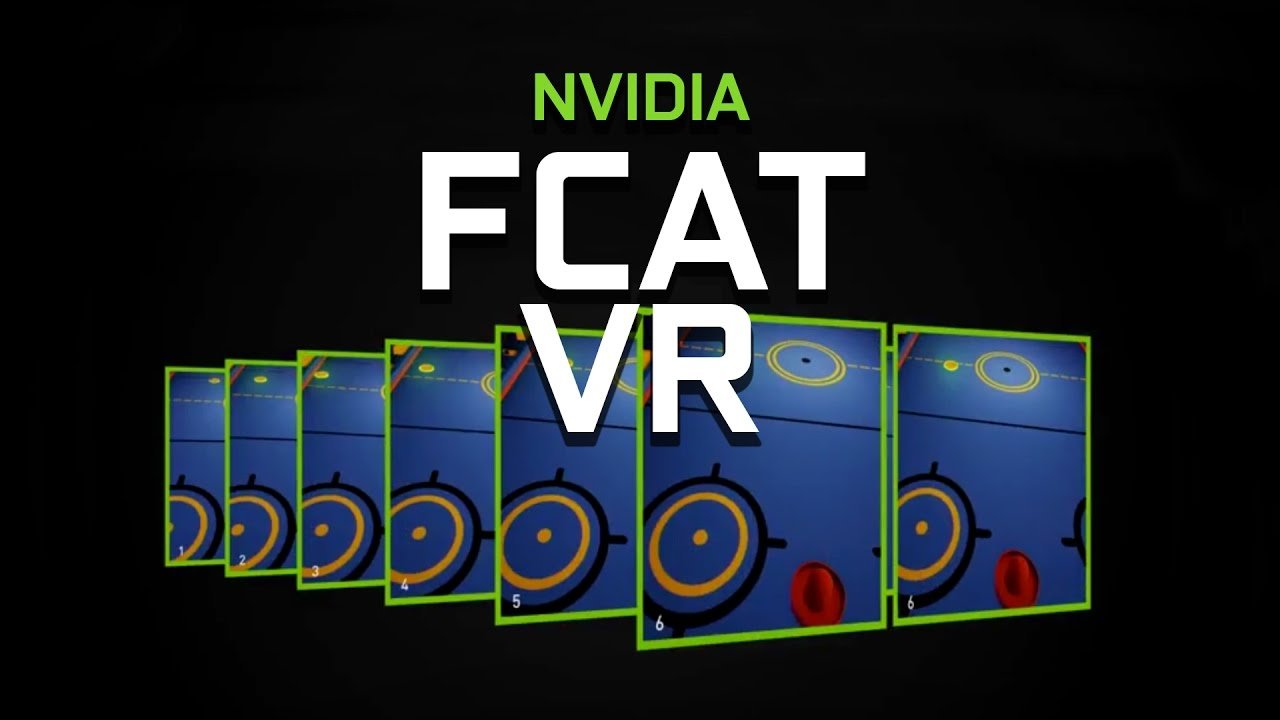NVIDIA launches free VR benchmarking tool

NVIDIA has launched a new VR benchmarking tool meant to give gamers, developers, reviewers, and generally anyone interested a better peek at how a game is performing. Called FCAT VR, the tool is in the same family as NVIDIA's previous FCAT benchmarking tool originally released in 2013. Where FCAT focused on FPS and gameplay smoothness of traditional games, however, FCAT VR seeks to impart in-depth analysis for the VR world.
According to NVIDIA, FCAT VR should offer far more insight into a games performance over existing tools:
Before now, Virtual Reality testing relied on general benchmarking tools, synthetic tests, and hacked-together solutions, which failed to reveal the true performance of GPUs in VR games. With FCAT VR, we read performance data from NVIDIA driver stats, Event Tracing for Windows (ETW) events for Oculus Rift, and SteamVR's performance API data for HTC Vive to generate precise VR performance data on all GPUs.
All of that information can then be reduced down into charts that show things like frametimes, dropped frames, runtime warp dropped frames, and Asynchronous Space Warp (ASW) synthesized frames. What all of that adds up to is a more comprehensive look at how a game is performing. That's pretty important in VR, where the slightest performance hitches can cause discomfort for the player.
FCAT VR is available for download now, though getting it set up using it looks like a fairly technical process. For a little help getting started, you can check out NVIDIA's how-to guide, which covers most of what you'll need to know to get started.
All the latest news, reviews, and guides for Windows and Xbox diehards.

Dan Thorp-Lancaster is the former Editor-in-Chief of Windows Central. He began working with Windows Central, Android Central, and iMore as a news writer in 2014 and is obsessed with tech of all sorts. You can follow Dan on Twitter @DthorpL and Instagram @heyitsdtl.

